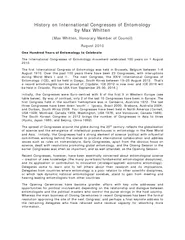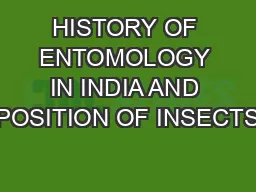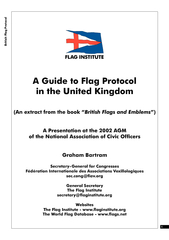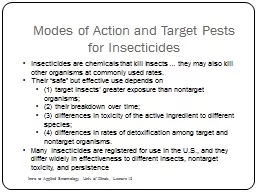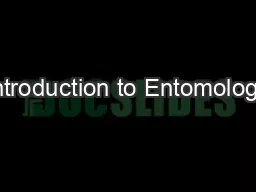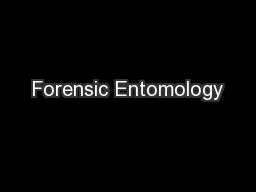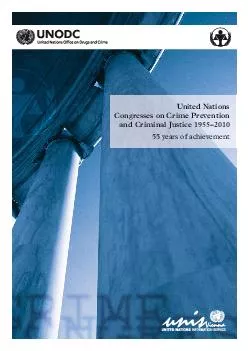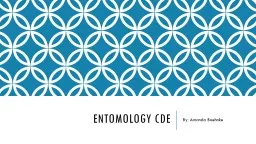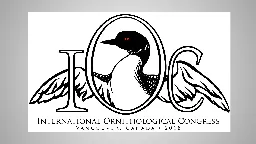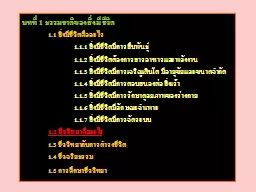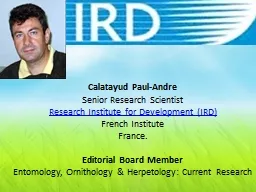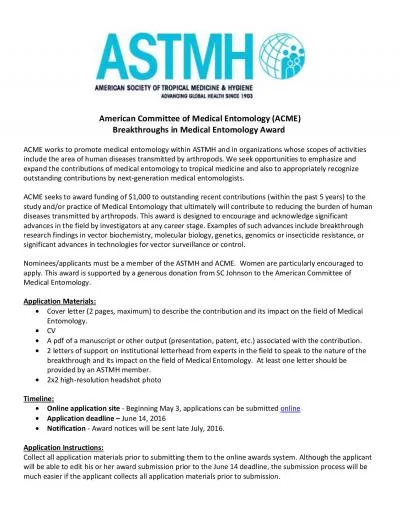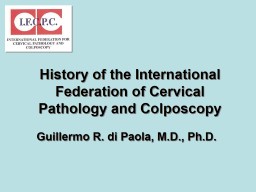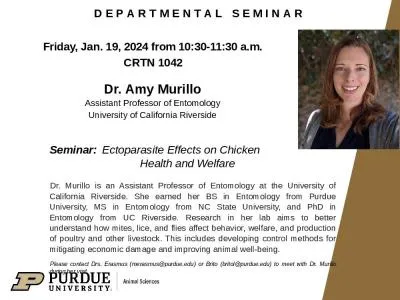PDF-History on International Congresses of Entomology by M
Author : alexa-scheidler | Published Date : 2015-05-20
The first International Congress of Entomology was held in Brussels Belgium between 16 August 1910 Over the past 100 years there ha ve been 23 Congresses with interuptions
Presentation Embed Code
Download Presentation
Download Presentation The PPT/PDF document "History on International Congresses of E..." is the property of its rightful owner. Permission is granted to download and print the materials on this website for personal, non-commercial use only, and to display it on your personal computer provided you do not modify the materials and that you retain all copyright notices contained in the materials. By downloading content from our website, you accept the terms of this agreement.
History on International Congresses of Entomology by M: Transcript
Download Rules Of Document
"History on International Congresses of Entomology by M"The content belongs to its owner. You may download and print it for personal use, without modification, and keep all copyright notices. By downloading, you agree to these terms.
Related Documents

